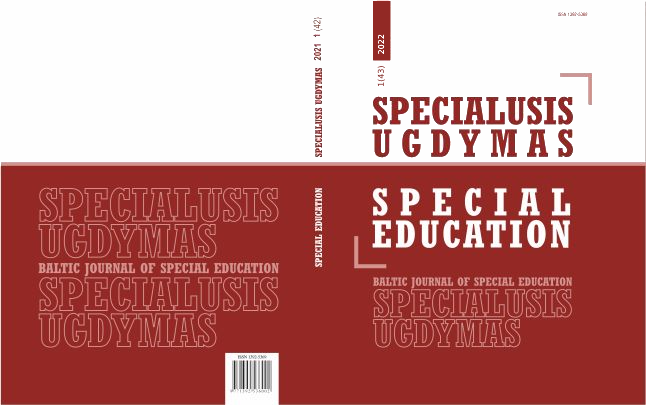Achievements of the implementation of budgeting for results: the Peruvian experience
Main Article Content
Abstract
This review aims to establish how the Budget for Results (BpR), is constituted as a strategic tool of public management, whose structural principle is to link the allocation or budget allocation of public resources with the products and results, the same ones that are measured. through socioeconomic indicators, seeking to achieve greater effectiveness and efficiency of public spending, when the government provides products and services to residents in order to increase or improve their quality of life. The established methodological development verifies the achievement of the objectives established in the (PpR), its implementation within the public policy of the National Government, from its main intervention axes in health issues, educational development, land transitability and identity, to prevail the assignment of the budget in interventions that are more effective, in making improved budget decisions based on performance information, relating planning to the budget, carrying out constant monitoring and evaluation of the assigned goals through indicators; replicate, improve and innovate the capacity of the institutional administration, and make the accountability process transparent and others related to citizens. It is concluded that the application of the (PpR) is decisive because it constitutes a public management tool, whose fundamental objectives are the improvement of the performance of products, goods, and services, when they are offered by the public administration seeking citizen welfare.
